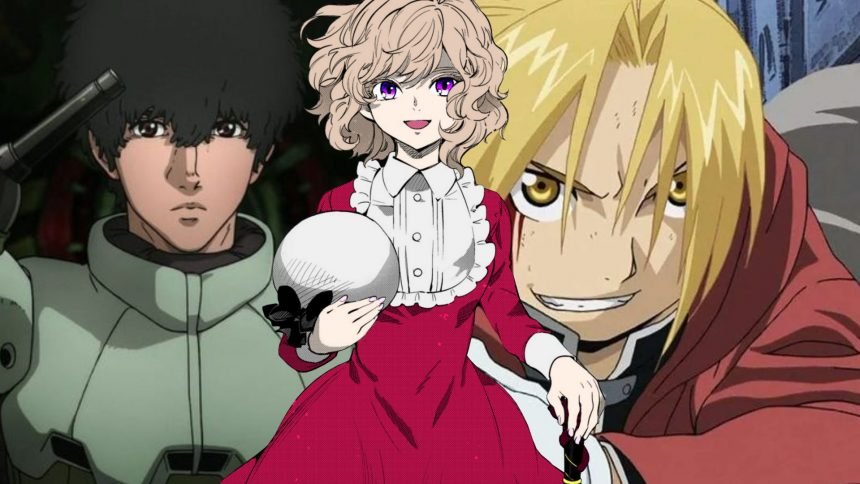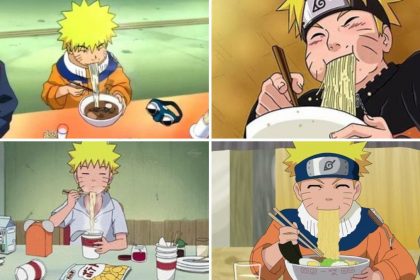Anime and manga have become incredibly popular forms of entertainment, captivating audiences around the world with their unique storytelling and vibrant visuals. However, it is important to examine how these mediums represent disability and diversity. In this article, we will explore the portrayal of disability in anime and manga, as well as the diverse representation of LGBTQ+, racial and ethnic backgrounds, gender identities, and body positivity. By delving into these topics, we can gain a deeper understanding of the impact and importance of representation in anime and manga.
Portrayal of Disability in Anime and Manga
Stereotypes and Misrepresentation
Unfortunately, disability in anime and manga has often been subject to stereotypes and misrepresentation. Some characters with disabilities are portrayed in a one-dimensional manner, defined solely by their disability rather than their individuality. These stereotypes can perpetuate misconceptions and reinforce stigmas surrounding disability. It is crucial to recognize and challenge these harmful portrayals, pushing for more accurate and nuanced representations.
Positive Portrayals and Empowerment
On a more positive note, there are anime and manga that provide empowering portrayals of characters with disabilities. These stories delve into the challenges and triumphs of living with a disability, showcasing the strength, resilience, and unique perspectives of these characters. By highlighting their abilities and complex personalities, these narratives empower individuals with disabilities and promote a more inclusive understanding of their experiences.
Challenging Stigmas and Raising Awareness
Some anime and manga take on the responsibility of addressing and challenging stigmas associated with disability. These narratives aim to raise awareness, promote understanding, and dismantle preconceived notions about people with disabilities. By featuring characters who defy societal expectations and overcome obstacles, these stories encourage viewers to question their own biases and foster a more inclusive society.
Further Readings: Anime and Manga’s Exploration of Social Issues and Inequality
Diversity in Anime and Manga
LGBTQ+ Representation
Anime and manga have made significant strides in LGBTQ+ representation, providing diverse and inclusive storylines. Characters with different sexual orientations and gender identities are increasingly being portrayed with depth and complexity. These narratives explore themes of love, self-discovery, and acceptance, creating a valuable platform for LGBTQ+ individuals to see themselves represented in a positive light.
Racial and Ethnic Diversity
In recent years, there has been a growing emphasis on racial and ethnic diversity in anime and manga. Characters from various cultural backgrounds are being introduced, enriching the storytelling and fostering cross-cultural understanding. By showcasing characters with diverse racial and ethnic identities, anime and manga contribute to a more inclusive representation of the real world.
Gender Identity and Expression
Anime and manga have also played a significant role in representing diverse gender identities and expressions. Characters who identify as non-binary or transgender are being portrayed with sensitivity and authenticity. These narratives explore the complexities of gender identity, challenging traditional norms and providing a platform for individuals who may not see themselves reflected in mainstream media.
Body Positivity and Size Diversity
In a society that often promotes narrow beauty standards, anime and manga have begun to challenge these ideals by embracing body positivity and size diversity. Characters with diverse body types are being depicted as strong, beautiful, and worthy of love and respect. By presenting a range of body types and celebrating individuality, these narratives promote body acceptance and self-confidence.
Impact and Importance of Diversity and Representation in Anime
Increased Visibility and Empathy
Representation in anime and manga has the power to increase visibility and foster empathy. When individuals see characters with disabilities or from diverse backgrounds, they are exposed to different perspectives and experiences. This exposure can cultivate empathy and understanding, breaking down barriers and fostering a more inclusive society.
Empowerment and Validation
Diverse representation in anime and manga can empower individuals who identify with marginalized groups. Seeing characters who share their lived experiences and overcome challenges can provide a sense of validation and inspire self-belief. These characters become role models, encouraging viewers to embrace their identities and strive for their goals.
Challenges and Future Directions of Anime Diversity Representation
Ongoing Challenges
While progress has been made, there are ongoing challenges in achieving accurate and inclusive representation in anime and manga. Creators must navigate the delicate balance between avoiding stereotypes and capturing the nuances of diverse experiences. Additionally, there is a need to address unconscious biases and ensure that diverse voices are involved in the creative process.
Progress and Future Possibilities
Despite the challenges, the anime and manga industry has made significant progress in recent years. There is a growing recognition of the importance of diversity and inclusion, leading to more nuanced and authentic representations. The future holds great potential for further improvement, as creators continue to push boundaries and explore new avenues for representation.
Conclusion
In conclusion, anime and manga have the ability to shape perceptions and challenge societal norms. The representation of disability and diversity in these mediums plays a crucial role in fostering empathy, promoting inclusivity, and empowering individuals. By featuring diverse characters with disabilities, LGBTQ+ individuals, different racial and ethnic backgrounds, varied gender identities, and body positivity, anime and manga contribute to a more inclusive and accepting society. As viewers, we have the power to support and encouragemore diverse representation by seeking out and supporting anime and manga that prioritize accurate and inclusive storytelling. Together, we can celebrate the progress made and continue to advocate for a more diverse and representative landscape in anime and manga.













